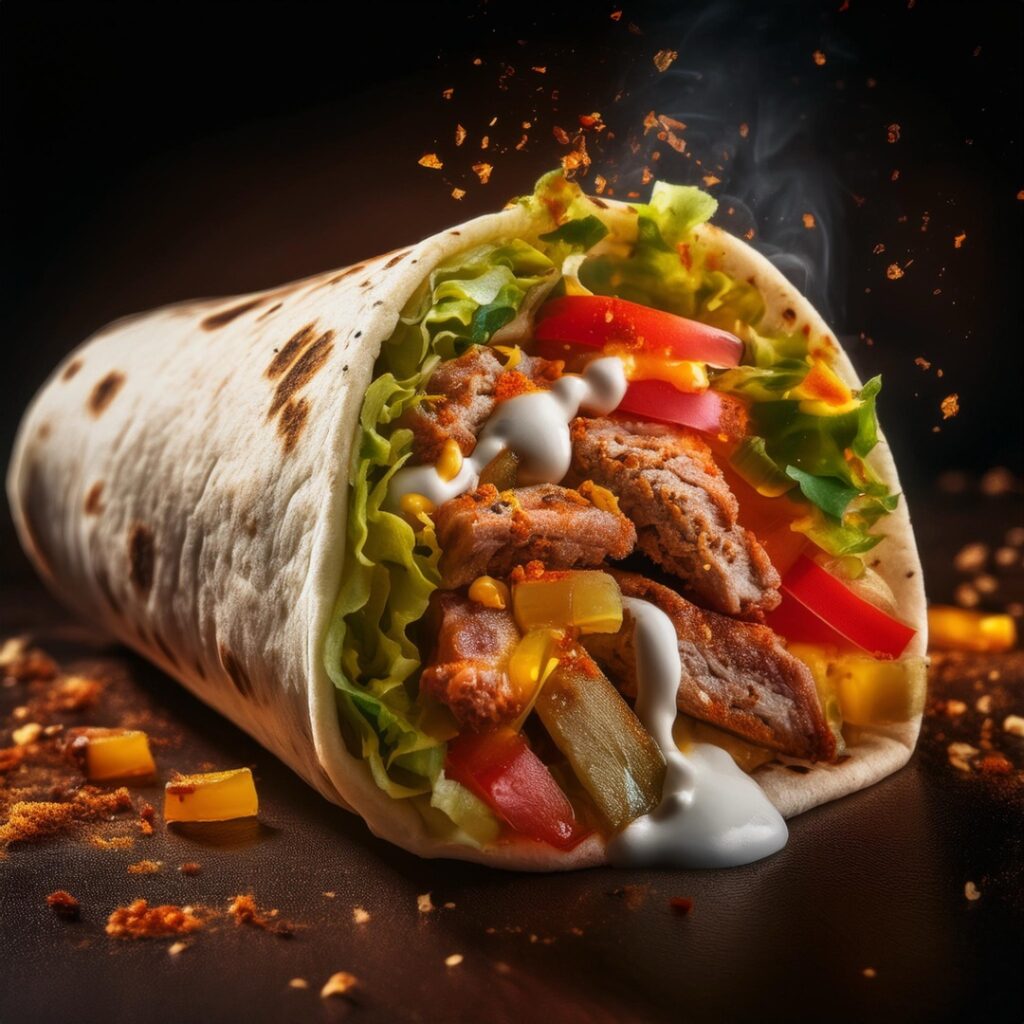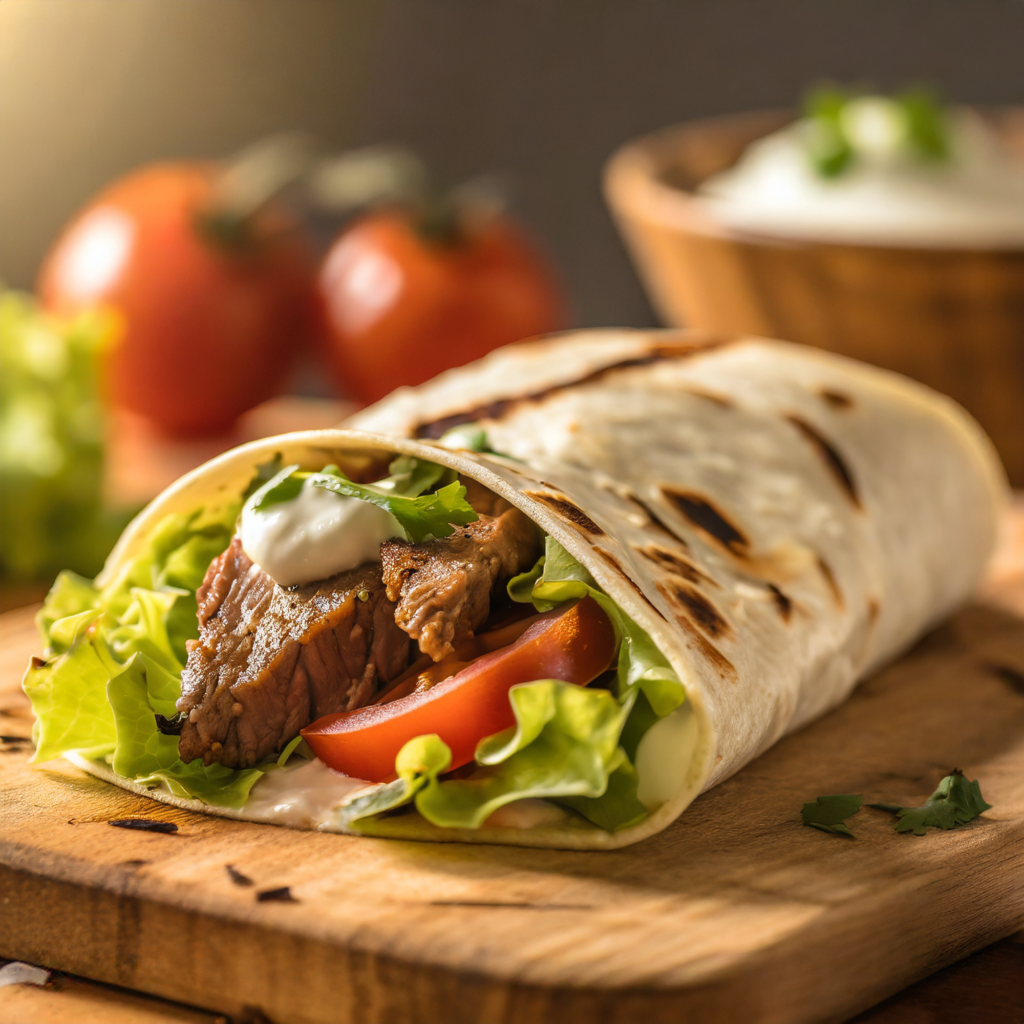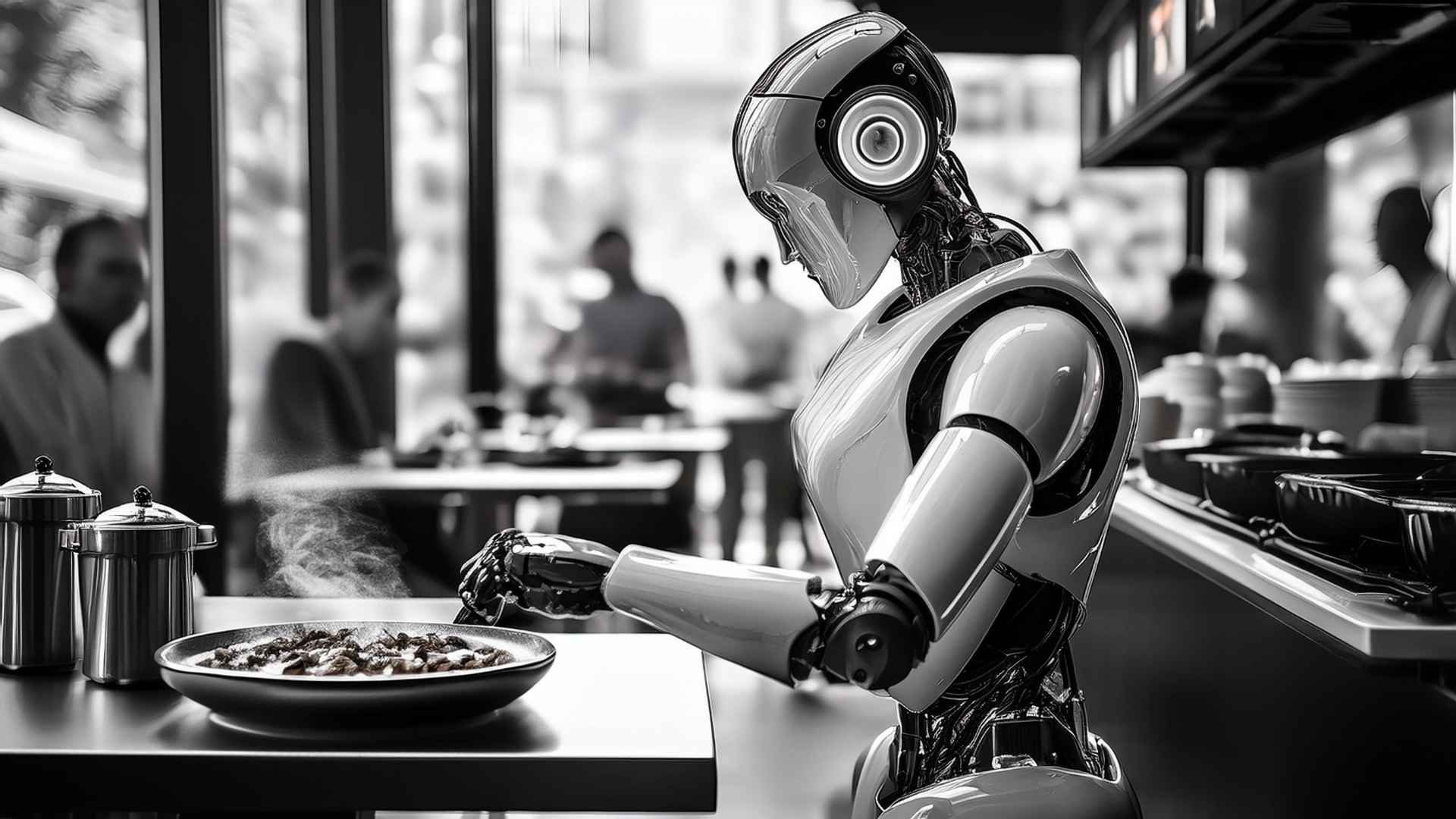When AI Tries to Make Tacos: A Tex-Mex Tech Adventure
Let’s talk tacos—and not just any tacos, but AI-generated tacos. Recently, I had the wild idea to incorporate AI into a case study for a popular South Tex-Mex restaurant, hoping for a little extra sazon in the visuals. But as I quickly learned, when AI meets burritos and enchiladas, the results are…well, let’s just say, they’re less than delicioso.
AI’s First Attempt at Food: The Plastic Taco Tragedy

I eagerly typed my prompts, waiting for the magic of AI to whip up a mouthwatering burrito. But what I got back was…something that looked like it came off a conveyor belt in a sci-fi dystopia. The cheese looked like industrial glue, the meat was suspiciously undefinable, and the lettuce? It had the appearance (and likely taste) of plastic. Suffice it to say, we went with stock images from the restaurant’s actual photo library. But I couldn’t help but wonder: why did the AI struggle so much with something as beloved as Tex-Mex?
From the Holodeck to Reality: A Foodie’s Future Dream
Thinking of AI’s mishaps took me on a journey to the Starship Enterprise. Remember the replicator? Captain Picard could ask it for “Tea, Earl Grey, hot,” and out it came, steaming and ready. Is that too much to ask from our current technology? Why can’t AI generate the perfect taco? But I couldn’t shake the feeling that this was only a first attempt—AI, after all, learns and improves.
Round Two: An AI Tex-Mex Transformation

A few months later, I decided to give it another shot. Would AI be any closer to understanding the soul of Tex-Mex cuisine? To my surprise, it actually did look better. The steak had a more convincing texture, the cheese had melted in a visually palatable way, and even the lettuce looked like it had been handpicked from a garden instead of a factory line. It still wasn’t a perfect plate, but it had come leaps and bounds from the plastic fiasco of attempt one.
Beyond the Digital Taco: Could AI Help the Food Industry?
Seeing AI’s rapid improvement made me wonder how it could evolve beyond just images to impact the food industry itself. Imagine AI helping to minimize food waste in restaurants by calculating exactly how much cheese or chicken goes into each taco, or even designing personalized meals based on dietary needs. With precise measurements and smart predictions, AI could help curb waste, lower costs, and maybe even make that burrito bowl a little lighter on the wallet.
The Future: The AI Impossible Burrito?
So while we might not have AI tacos that look Michelin-star-worthy (yet), the technology is evolving fast. I imagine a day not too far off when AI isn’t just helping with food photography, but actively improving how food is created, measured, and prepared. The impossible burrito might just be around the corner, and who knows—maybe it’ll be delicious enough to give your favorite taco joint a run for its money.



